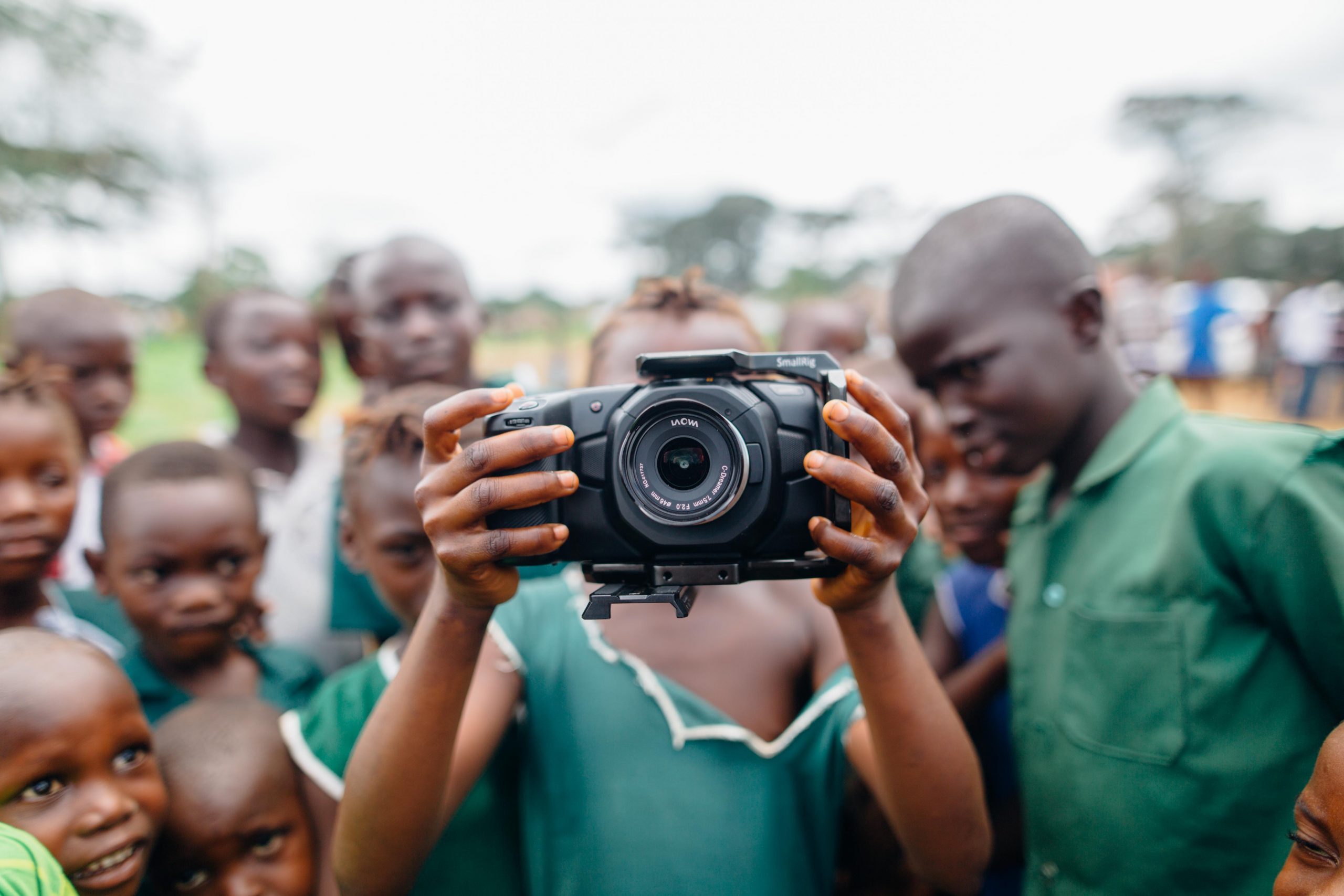Photos and videos can instantly tell a whole story. Although they are both effective in their own ways, understanding words and watching a video have different degree of impact. Hence, an observer only needs a split second to fully comprehend the emotional content of an image.
Thousands of issues that were previously mostly ignored were brought to light by the image of Ieshia Evans being detained by police at a civil rights protest or Alan Kurdi, the Syrian boy who drowned while trying to emigrate to Europe.

- Photos and videos save you the time of telling a lengthy story.
- Your photo and video storytelling approach should be unique.
Effective Ways Nonprofits Can Use Photos and Videos
Visuals work particularly well on social media. For instance, Instagram is a purely visual platform. Tweets featuring images on Twitter are retweeted more often than those without. Also, images on Facebook garner more interactions than regular postings. However, not every image will elicit an emotional response from your viewers. You should select your photos and videos and use them in a way that adheres to a few fundamental visual storytelling rules. We will consider some of these rules in this section.
1. Establish a Context
People must consider the wider picture to fully understand the impact of your cause. Images that demonstrate the importance of your acts will be more emotionally compelling to viewers, whether you are preserving a lake from pollution, rescuing abandoned animals, or constructing homes.
To build shelters for Iraqi refugees, the United Nations High Commissioner for Refugees (UNHCR) teamed together with the IKEA Foundation and Better Shelter in 2016. Better Shelter’s pictures convey more than just their construction process. They convey a message of optimism and the possibility for the refugees’ lives to return to normal as a result of these dwellings.
2. Give a Different Perspective
In the United States, there are about a million registered nonprofit organizations, many of which promote related issues. Make yourself stand out from the throng by presenting the issue from a fresh angle.
Several groups from all around the world support the campaign against deep-sea oil drilling. But, some ads stick out because of the distinctive way they delivered the narrative. A good example is the Greenpeace’s “Oil On Canvas” campaign. This campaign which caused quite a stir featured oil prints on canvas created with birds killed by the Rena oil leak.
3. Become personal
When we can relate to the characters in a story on a personal level, we feel involved. Portrait photos work best for framing these relationships between your nonprofit and its supporters. Your supporters are more likely to recognize the impact of your work when they can identify how it affects specific people. This is because our minds are wired to care more about individuals than larger groups.
4. Disclose The Conflict
Do you recall seeing the movie about the man who had a happy home life with his wife and children and whose biggest challenge was picking what to eat for dinner? Most likely not. It’s possible that reading that line made you bored. Conflict is what propels a story forward. Tales about people who have overcome adversity encourage viewers to root for the protagonist and, thus, for their cause.
You can illustrate how a certain societal issue affects various facets of a person’s life with photographs. For instance, Project Smile demonstrates how the inability to smile affects the kids they help and how these kids have overcome the obstacles to smile once more.
For instance, they show a youngster with a cleft lip in a poor San Remigio neighborhood in the Philippines before showing him with a bright smile sitting inside a classroom to tell Joseph’s tale. The difficulty is introduced to viewers, they are guided through the journey, and then the significant victory is shown.
5. Draw Back The Drapes
Blooper reels from movies are so entertaining to watch because they let the viewer see what goes on behind the scenes. While viewing a movie, you can identify with a character, but the bloopers let you identify with the actor who plays that character.
Employ pictures to illustrate the tale of what happens in your nonprofit’s back office. The employees who plant trees or the volunteers who construct homes demonstrate to the audience the genuine people behind your brand, strengthening its credibility.
Habitat for Humanity frequently shows pictures of the homes that its volunteers are constructing. Although the photographs aren’t often remarkable, their honesty fosters connection and trust.
Conclusion
Visual storytelling through photos and videos is effective because it arouses feelings in viewers. It encourages them to identify with and support your nonprofit. Hence, it is best to ensure that your photos and videos have that emotional effect and connect with potential supporters. You can achieve this by following the guidelines outlined in this article.
If you enjoyed reading this article, please share your thoughts and comments with us at the bottom of the post.


